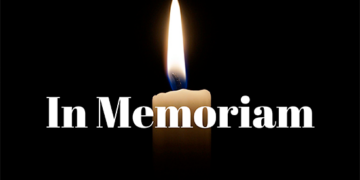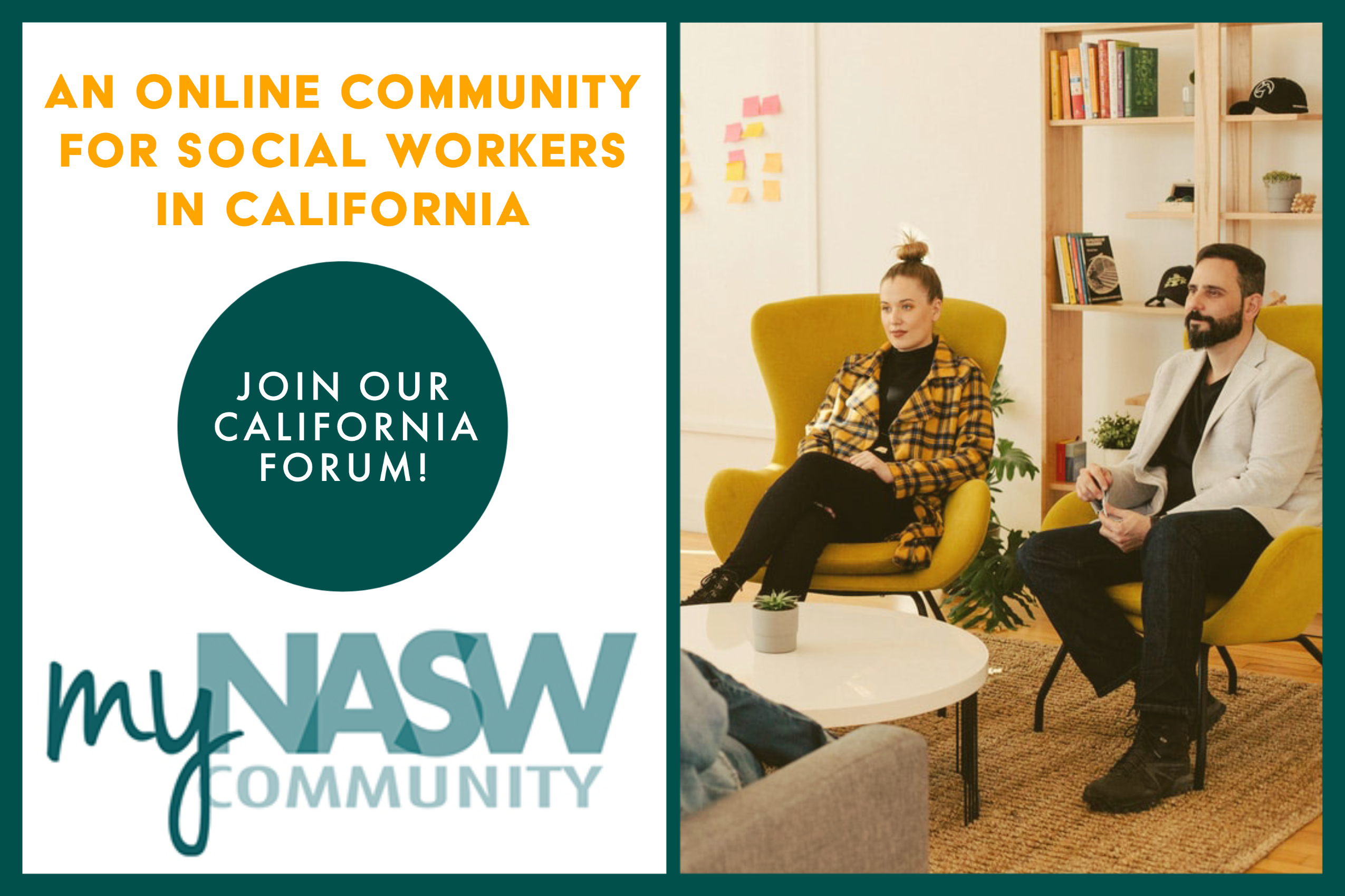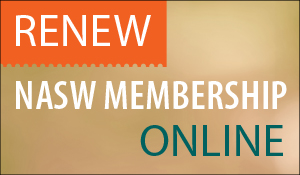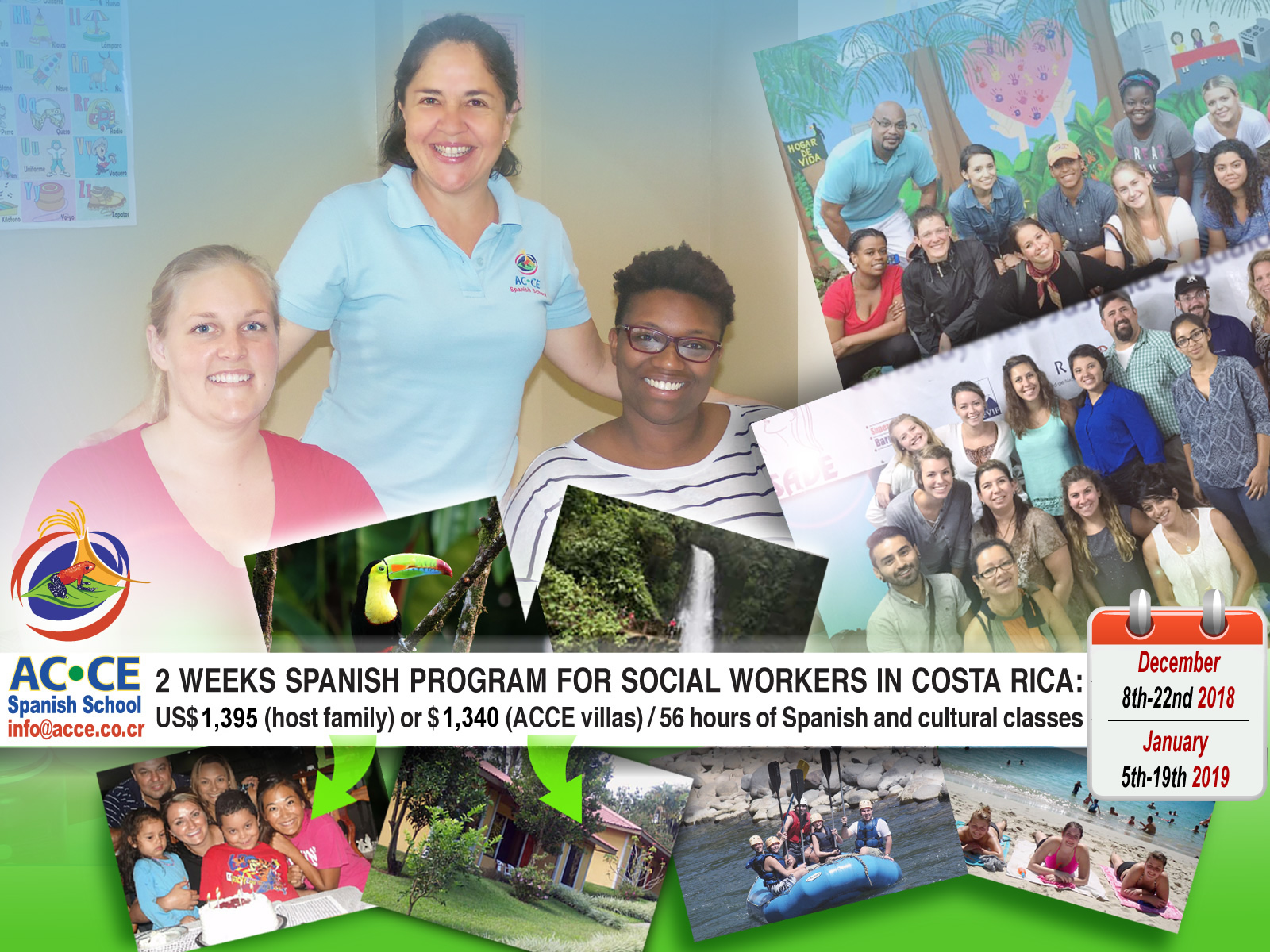By Maribel Contreras, Eric Garza, Cynthia Lugo, Denise Romero, Stacey Santos, California State University, Long Beach
The Special Immigrant Juvenile Status (SIJS) eligible youth population is a diverse group, which includes but is not limited to: unaccompanied migrant children, accompanied migrant children, ethnic diversity and age. Age plays a significant role in the eligibility of SIJS youth, as jurisdictional age is a determining factor in the protection and/or deportation of this vulnerable population (Hlass, 2014). The jurisdictional age of SIJS eligible youth varies from state to state and can be anywhere from age 16 to 21. Researchers have identified the median age of SIJS applicants to be 17.4, which is close to age 18; in most states this is the cut-off age or the “aging out” stage of jurisdiction, which significantly impacts their potential access and path to legal residency (Hlass, 2014).
In addition to age constraints and age variance among states for SIJS eligible youth, the point of entry and contact with U.S. governmental officials who may potentially hold the responsibility of screening these youth for immigration relief contributes to the problem. According to Junck (2012), in 2010, 1,492 immigrant youth obtained permanent residency through SIJS; however, the number is minimal when compared to the total of 265, 808 immigrant youth under the age of twenty-one living in the United States. Furthermore, this vulnerable population is unable to access immigration relief due to language barriers, lack of legal representation or being unable to explain their experiences associated with violence and trauma (Cannon, Fouts, & Stramel, 2018).
SIJS eligible youth face many challenges to include acculturation, family disintegration, changing cultural context, loss of informal supports, the ramifications of mental health illness and poverty stricken living environments. According to Hlass (2014), 85 percent of SIJS-eligible youth have experienced trauma such as sexual or physical abuse. Additionally, researchers have identified depression, anxiety and post-traumatic stress disorder as stress related illnesses associated with the migration and immigration process these youths endure (Dettlaff, Earner, & Phillips, 2009). Furthermore, researchers have coined the term “acculturative stress”, referring to the high levels of stress immigrant youth withstand while attempting to acculturate to the ethnic norm, religion, cultural context, family values/structure and language of the host country (Dettlaff, Earner, & Phillips, 2009, p. 776).
Though SIJS can provide many marginalized, abandoned, abused and neglected immigrant youth a path to legal residency in the United States, this population faces many barriers in acquiring such immigration relief as well as attaining self-actualization. The constant fear and worry associated with acquiring and maintaining basic needs such as food, shelter and transportation for this marginalized population, is detrimental to their overall physical and mental health and well-being (Adler, 1977). The concept of self-actualization and reaching one’s own true potential, based on Maslow’s hierarchy of needs theory, suggests that all other needs including: physiological (basic needs), safety, love/belonging and esteem must first be met prior to an individual attaining self-actualization; thus, SIJS eligible youth strive to maintain and acquire physiological/basic needs all while living in a neoliberal society (Adler, 1977).
References
Child Welfare League of America. (n.d). Retrieved July 07, 2018, from https://www.cwla.org/about-us/history/
Erney. R., Center for the Study of Social Policy, (n.d). Retrieved June 15, 2018, from https://www.cssp.org/policy/other-resources/SIJS-Fed-Practitioners.pdf
Junck, A. (2012). Special Immigrant Juvenile Status: Relief for Neglected, Abused, and Abandoned Undocumented Children. Juvenile & Family Court Journal, 63(1), 48-62. doi:10.1111/j.1755-6988.2011.01071.x
Price, N. (2017). Special Immigrant Juvenile Status: Special Here, Special There, But Not Special Everywhere. Maryland Journal of International Law, 32(1), 374-406.
The Annie E. Casey Foundation. (2018). About Us. Retrieved July 06, 2018, from http://www.aecf.org/about/
U.S. Citizenship and Immigration Services (USCIS). (n.d.). Retrieved June 08, 2018, from https://www.uscis.gov/green-card/sij












